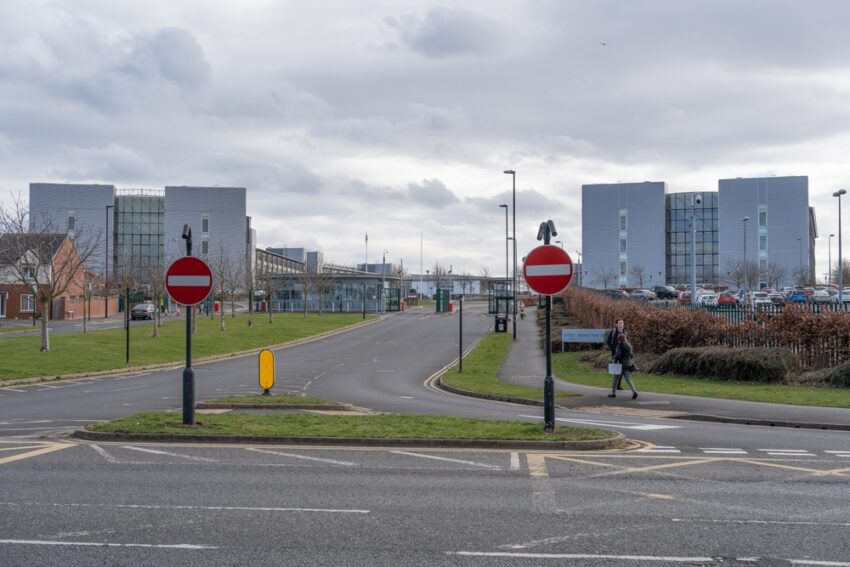Recent research by the Global Payroll Alliance (GPA) reveals that the annual salary expenditure of Her Majesty’s Revenue and Customs (HMRC) has heightened by £29.4 million over the previous year. The surge is primarily attributed to an uptick in senior-level employment.
Between August 2024 and August 2025, HMRC’s core workforce expanded by 3.6 per cent, increasing the full-time equivalent positions from 64,580 to 66,880. Although much of this growth was noted at the middle-grade level, it was the elevation in higher-paid staff that significantly affected the cost.
GPA’s report indicated that the number of Executive Officer roles, which are among the more junior ranks in the Civil Service pay scheme, rose by 4.8 per cent. This increase is reflective of the ongoing recruitment drive to bolster frontline operations and compliance activities.
Contrastingly, the number of employees at Grade 6 and Grade 7 — the second-highest tier in the Civil Service — surged by 4.6 per cent, while the count of those in Senior Civil Service (SCS) roles rose by 3.8 per cent year over year.
This augmentation in senior roles had a disproportionate impact on the total payroll expenses. HMRC’s pay bill escalated from £287.1 million in August 2024 to £316.6 million in August 2025, marking a 10.3 per cent increase.
Melanie Pizzey, CEO and Founder of the Global Payroll Alliance, scrutinised the figures, questioning whether this growth in headcount reflects a strategic need or inefficiency.
Pizzey voiced concern over the significant rise in HMRC’s wage bill by £29.4 million within a year, particularly when a substantial portion of this increase is credited to the proliferation in senior roles. She emphasised the need to evaluate whether this expansion is a direct result of a strategic requirement or a dependency on increasing headcount.
She also suggested that technology could play a pivotal role in downsizing costs and streamlining processes.
In an era when government departments are challenged to deliver more with limited resources, Pizzey questioned whether HMRC is optimally utilising automation to manage workloads and minimise staffing costs wherever possible.
The GPA noted that while the expansion of HMRC’s senior ranks might enhance oversight and compliance, it also highlights the significance of transparency and measurable outcomes in public funds’ usage.
If these roles are instrumental in reducing the tax gap and enhancing compliance, they could be justified, Pizzey noted. However, she stressed that transparency and proven results are pivotal in validating such level of payroll growth.
So far, HMRC has not publicised any comments on these findings.
The GPA’s research underscores the need for greater transparency and accountability in the use of public funds for staffing. As HMRC’s wage bill swells, questions about strategic necessity versus inefficiency remain at the forefront.


